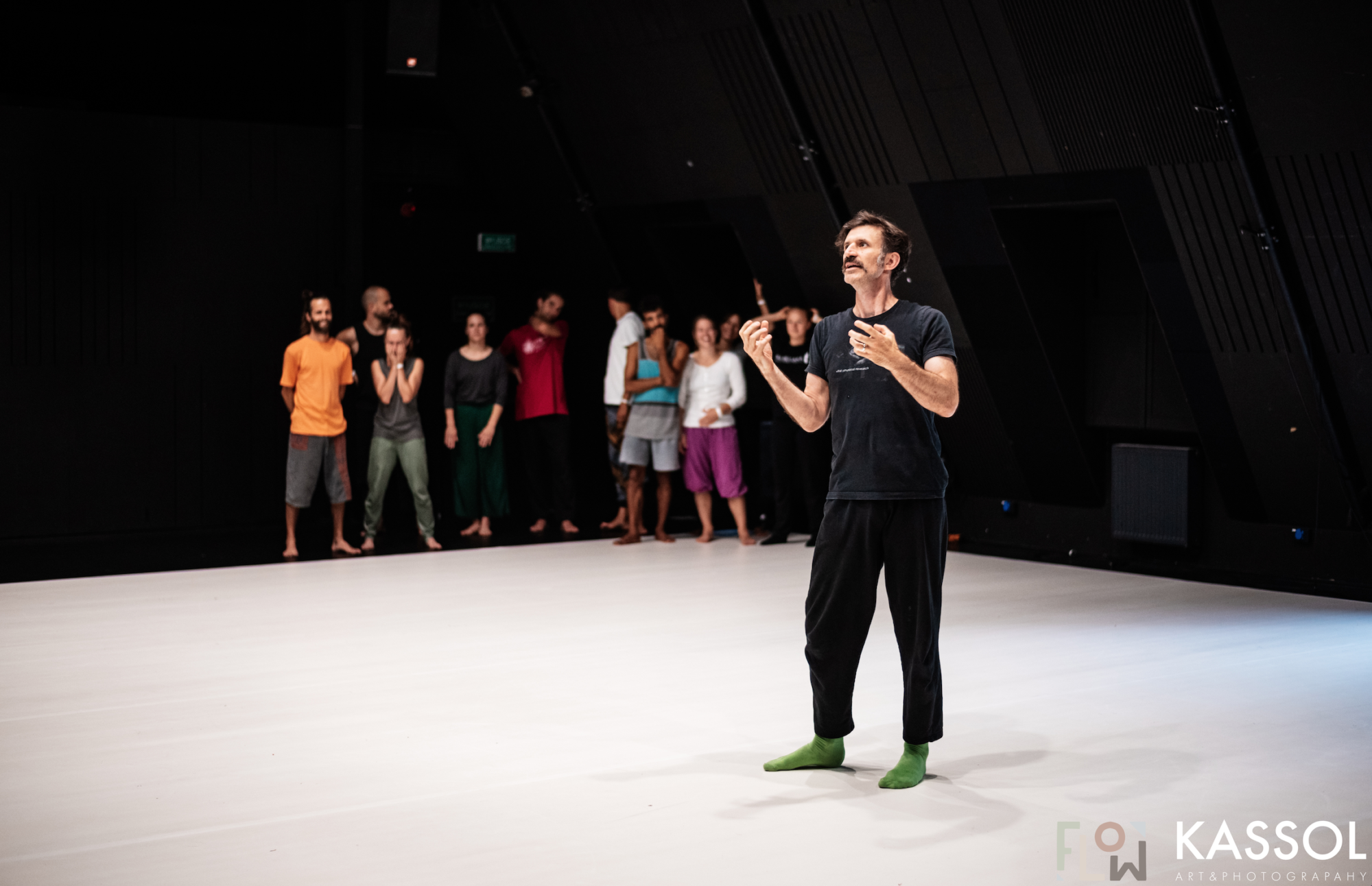The quotes below are from an article on brain scans on people who are looking at Rembrandt paintings.
Some snippets below –
“Brain scans revealed how much the enjoyment of art is influenced by the information given to the viewer.”
“The study showed the strength of suggestibility in such artistic responses.”
“The pretension-puncturing experiment suggests that the appreciation of art is strongly linked to the accompanying information – rather than an objective judgement.”
“This warm glow of aesthetic pleasure was absent when the viewers looked at an image they had been told was fake. Instead the brain activity was associated with strategy and planning, as though the subject was trying to work out why this was not an authentic painting.”
This shows how context can be made to increase or decrease viewers’ enjoyment of a static object. Is this a good thing?
What does this mean for live arts? Could audiences be told that the piece they are watching is a fake Bausch, or a fake Cunningham? Or do a piece as faithfully as possible by someone else and call it your own?
How much does it cost to rent an FMRI?
